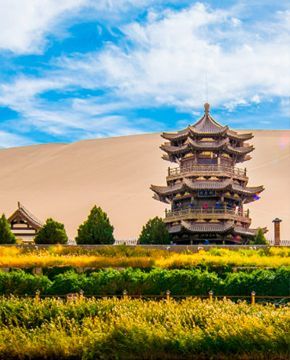As one of the famous travel destinations in Xinjiang, Kuqa is situated in the mid-west of China's Xinjiang Uygur Autonomous Region, southern foot of the middle section of the Tianshan Mountain and the northern edge of the Tarim Basin. Kuqa was known as Qiuci in ancient times. In his book Buddhist. Records of the Western World, the famous Tang Dynasty monk Xuan Zang referred to Qiuci as Quzhi.
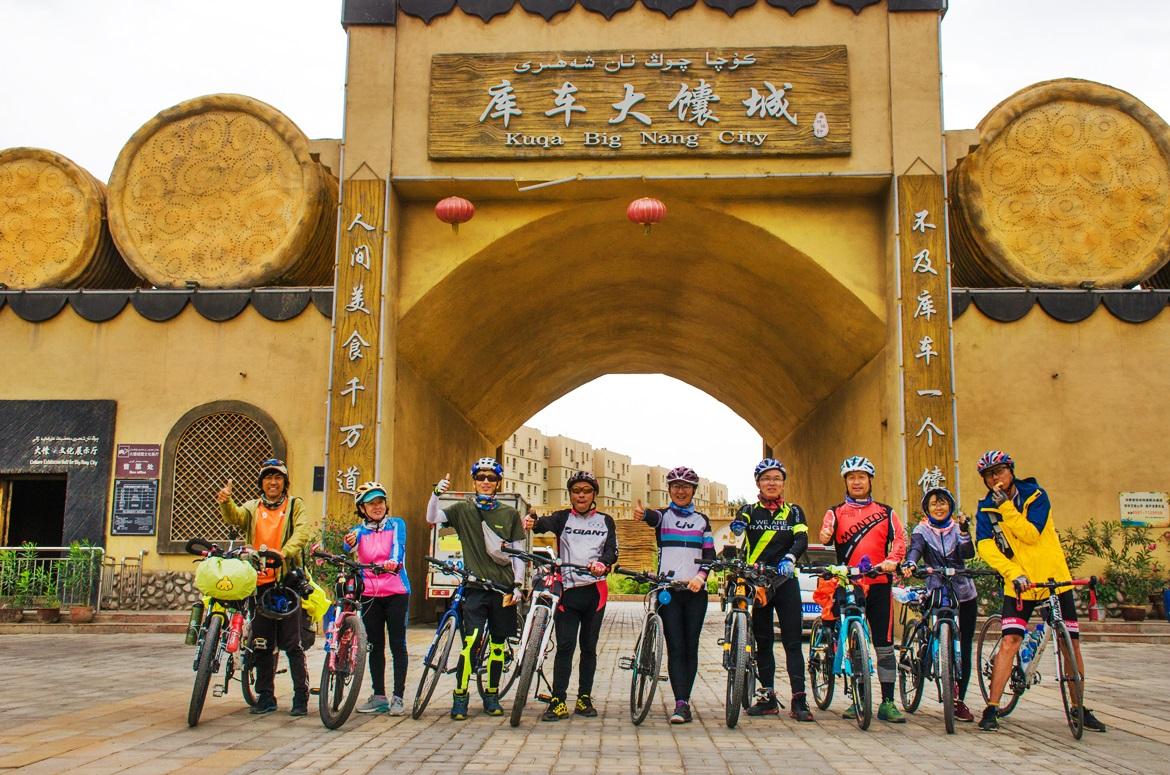
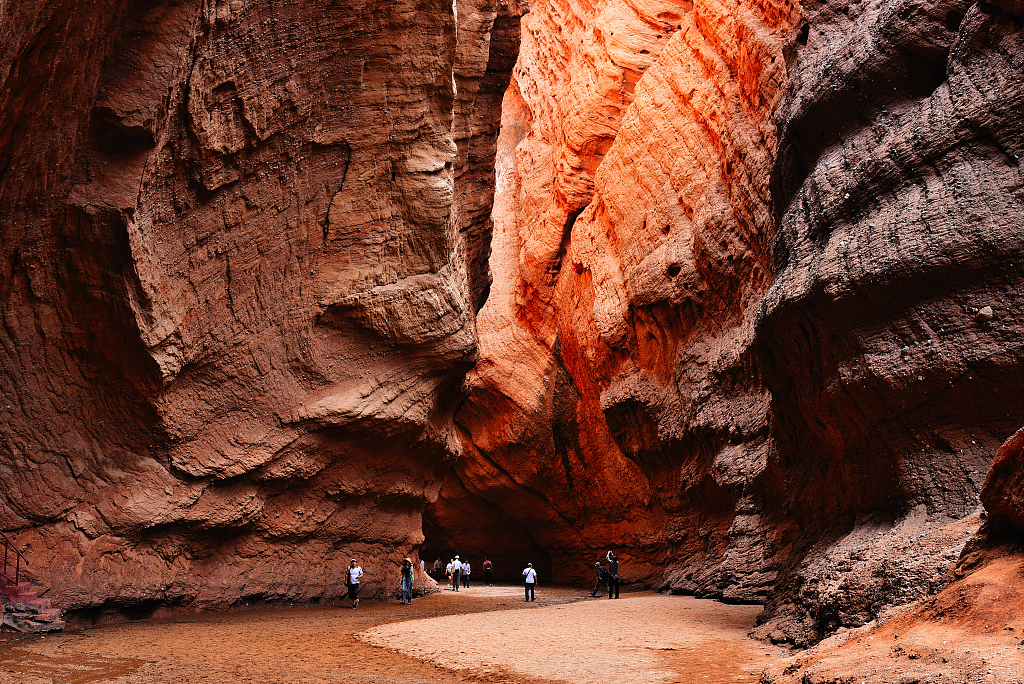
What to visit?
The Kizil Grottoes
The Kizil Grottoes are located on the northern bank of the Muzal river, in Baicheng County, Xinjiang Uygur Autonomous Region.
Known in China as one of the "Four Great Grottes" - a list including the Dunhuang Mogao Grottoes, the Yungang Grottoes, and the Longmen Grottoes, the Kizil Grottoes were registered as a UNESCO World Heritage Site in 2014.
In the late nineteenth and early twentieth centuries, archaeological expeditions to the historical Western Regions of China attracted many foreign explorers. These expeditions removed the different number of murals and painted status from Kizil Grottoes.
Currently, the majority of the overseas Kizil murals are in Germany, while the rest are scattered across institutions in Russia, France, Hungary, the United States, Japan and South Korea. Others belong to undocumented private collections or may be lost entirely.
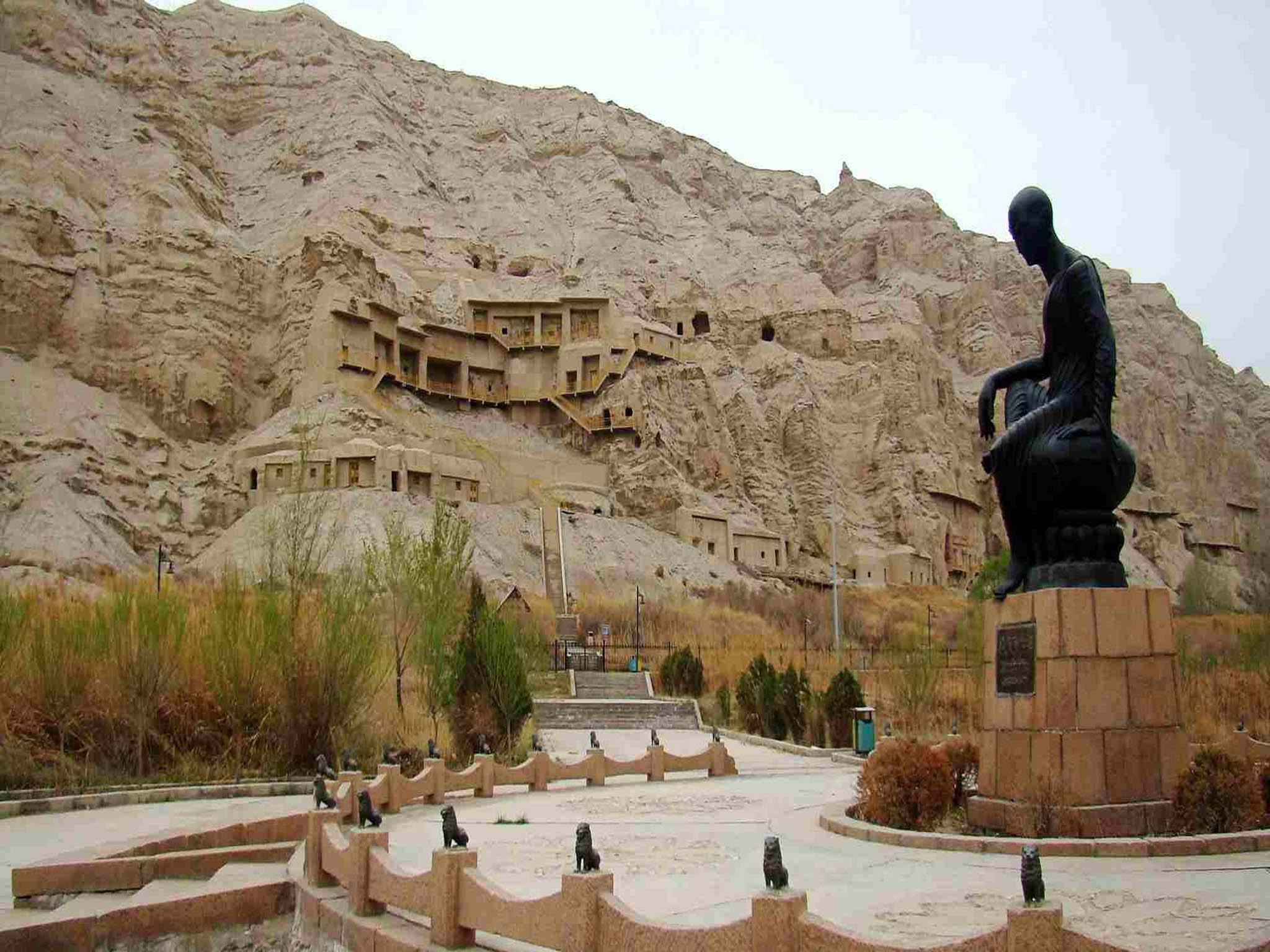
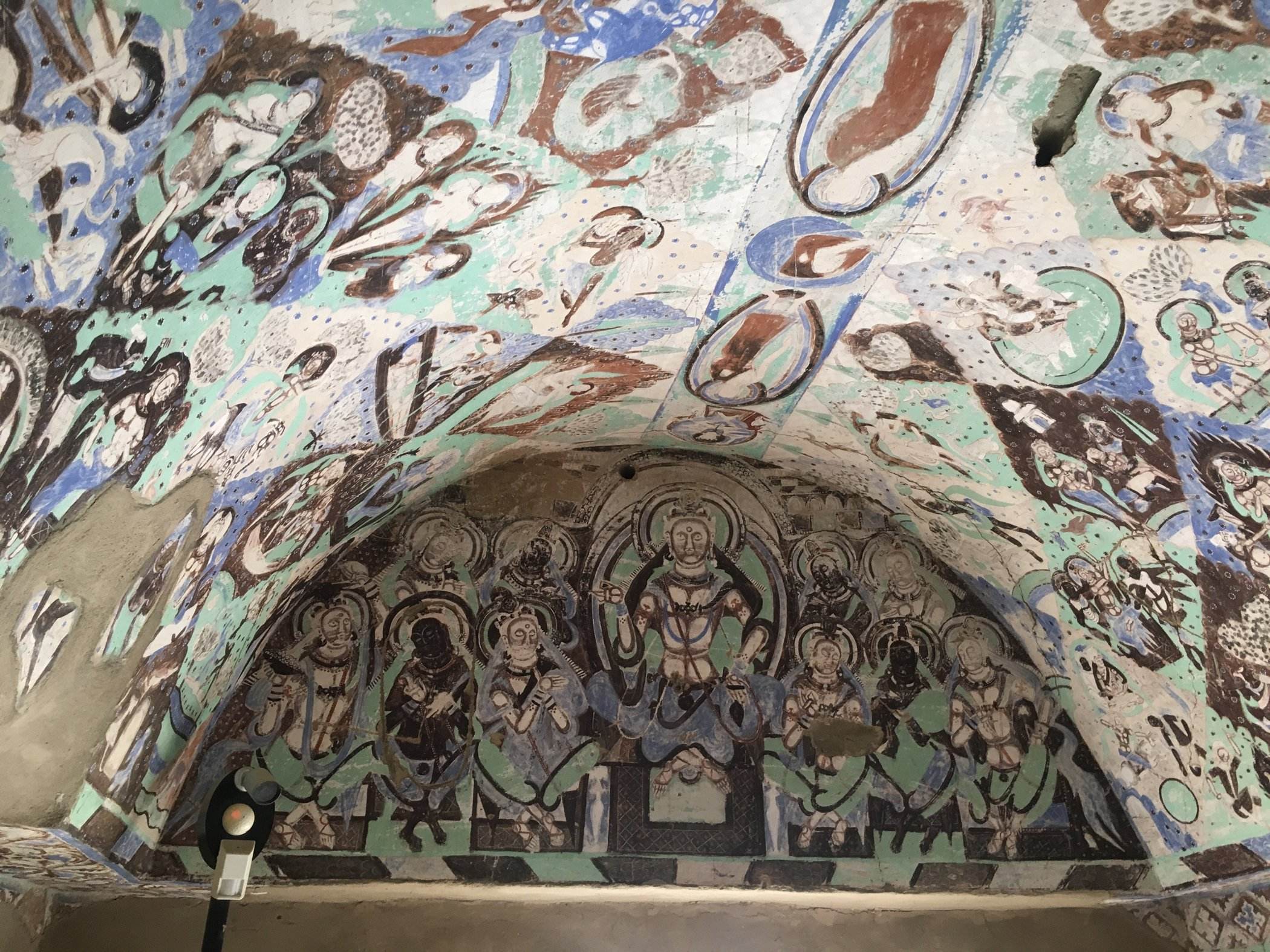
Beacon Tower at Kizilgaha:
Located 12 Kilometres of Kuqa, the Kizilgaha Beacon Tower was first built during the Emperor Xuan of Han Dynasty. As a 13.5 metres high rammed earth structure, the tower is the oldest and best-preserved site on the northern route of the ancient silk road.
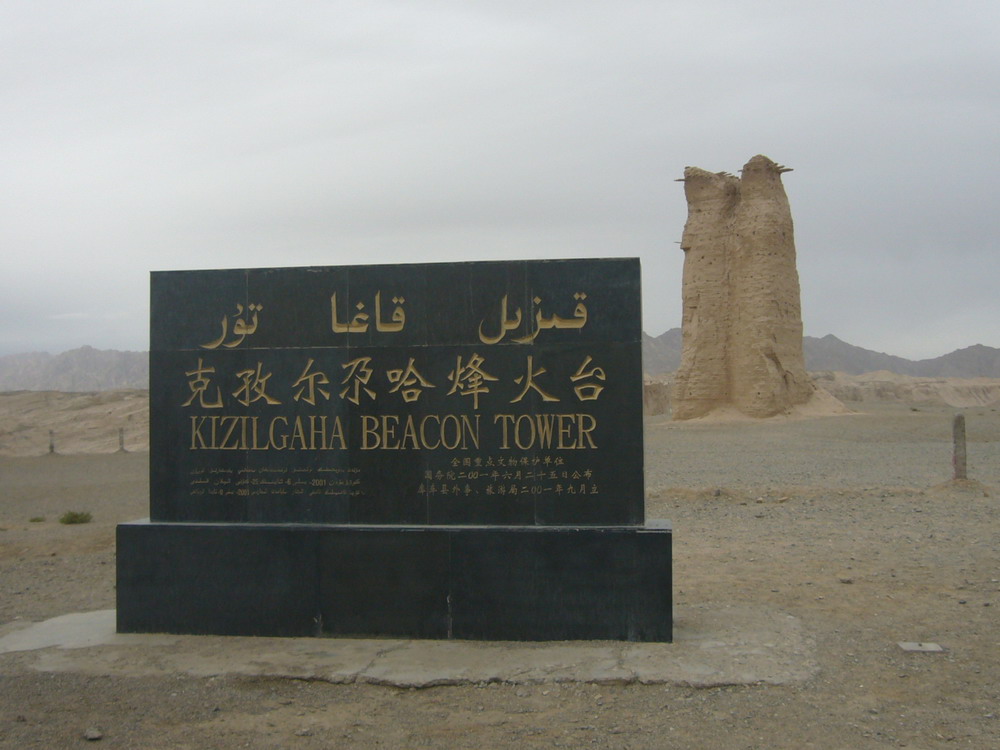
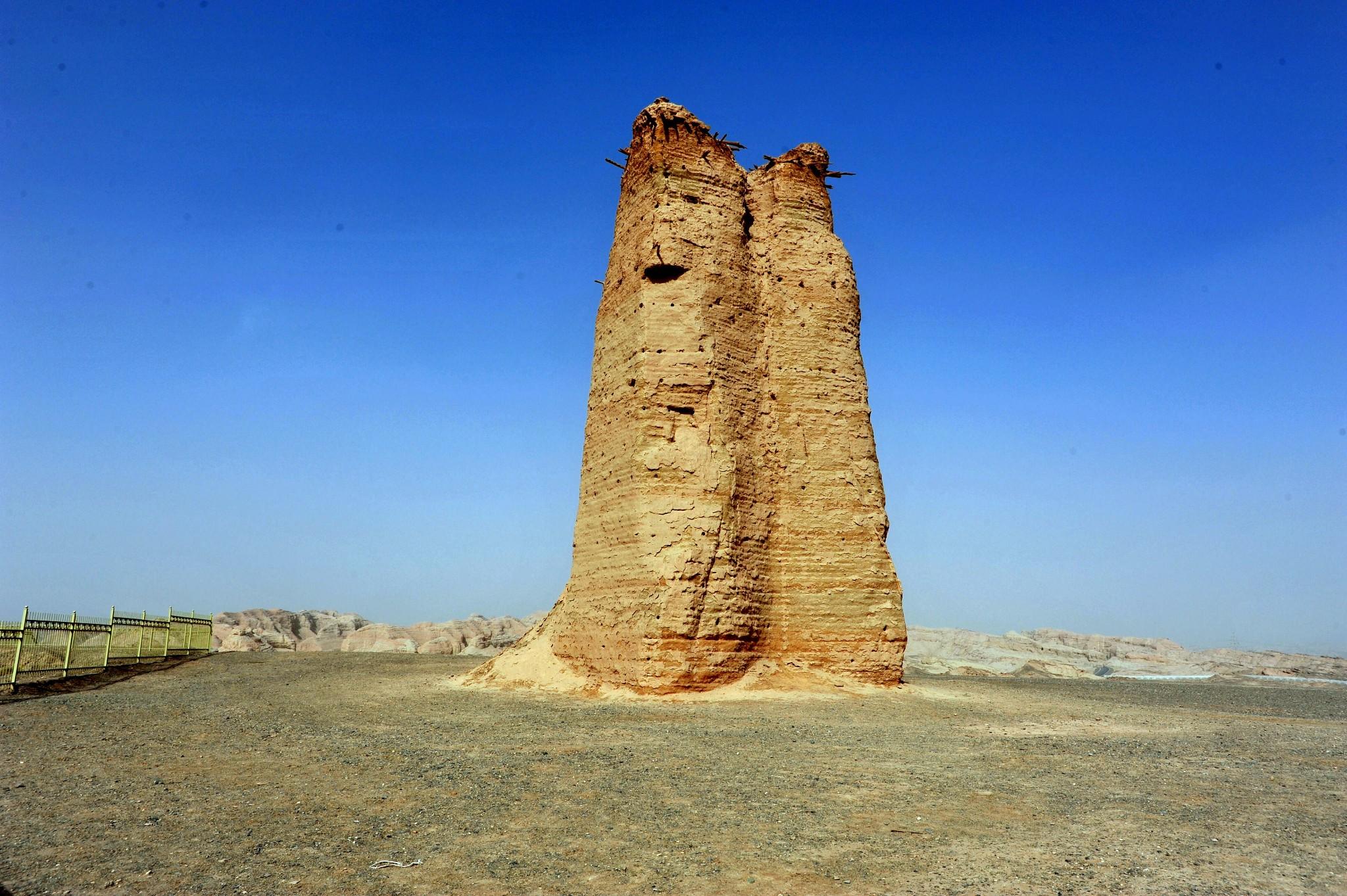
Located in Kuqa county in northwest China's Xinjiang Uygur Autonomous Region, Kuqa Grand Canyon undoubtedly showcases another masterpiece of earth movement.
The canyon exhibits the typical character of yardang landform with its rocks covered by many ridges and grooves in either bright red or golden yellow. Years of wind erosion has sculpted the rocks into different shapes, stone pillars or empty castles that lined up along your walk through the canyon.
The place remained obscure until 1999 when a local farmer accidentally had run into a grotto in the canyon area to avoid heavy rain. Now, Kuqa Grand Canyon has become another landmark in Xinjiang.
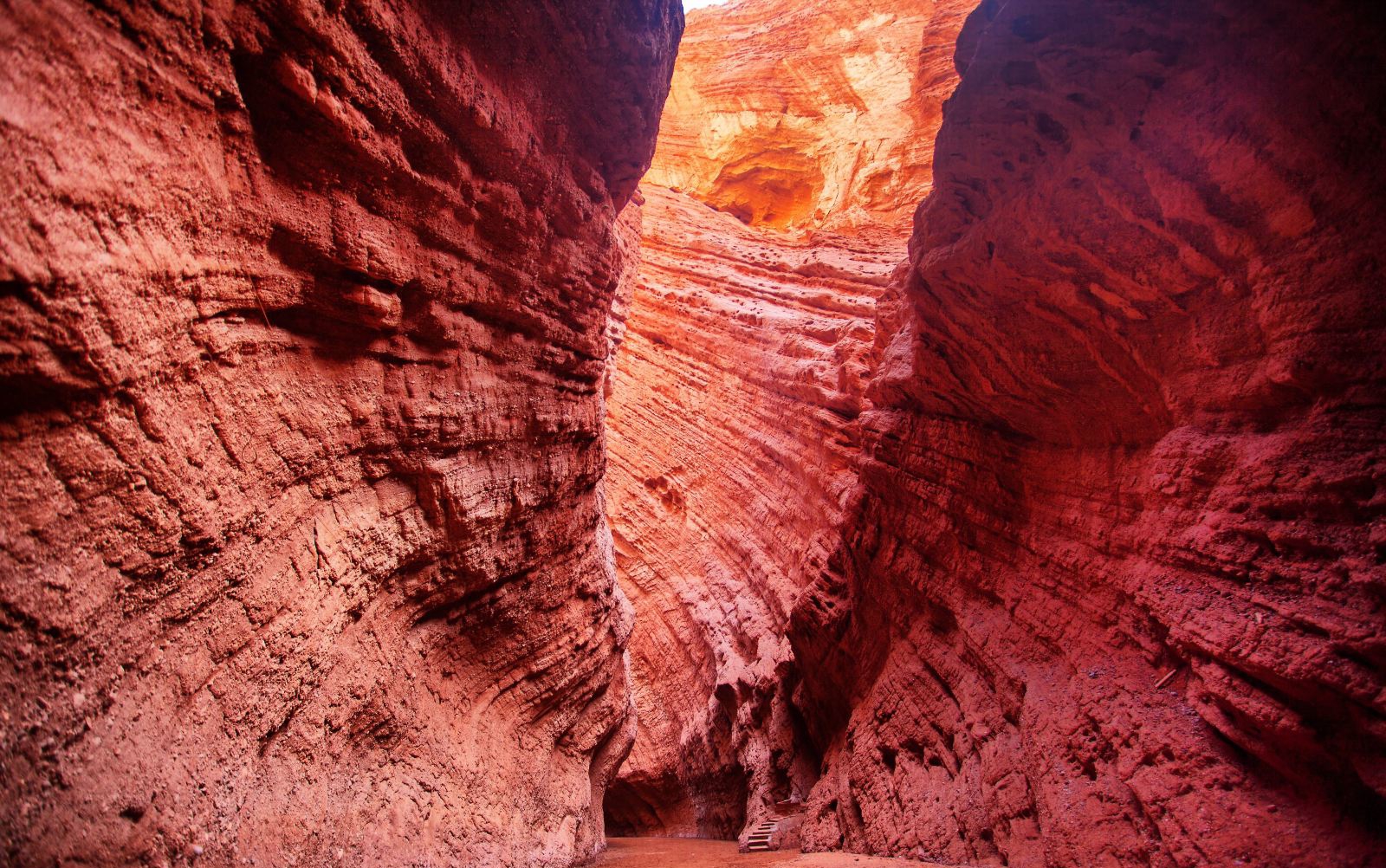
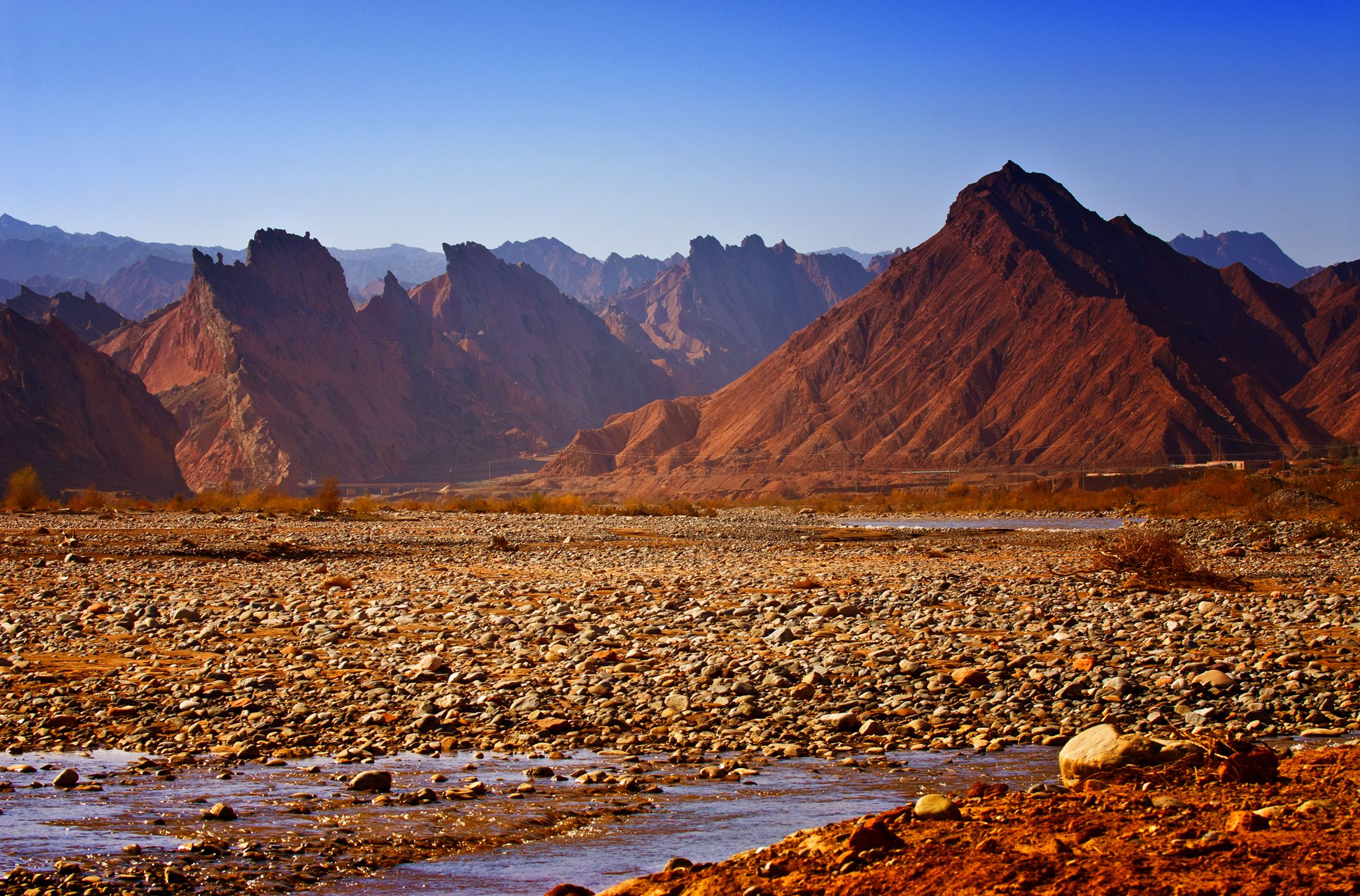
Residents in Kuqa:
Today, Uygur residents comprise the bulk of the population in Kuqa. Others ethnic groups residing in Kuqa include the Hui, Kirgiz, Kazak, Mongolia and many others. As the mainstay population, the Uygurs are not only preserving their own ethnic identity and special characteristics, they are also absorbing and integrating experiences and wisdom of other ethnic groups.

